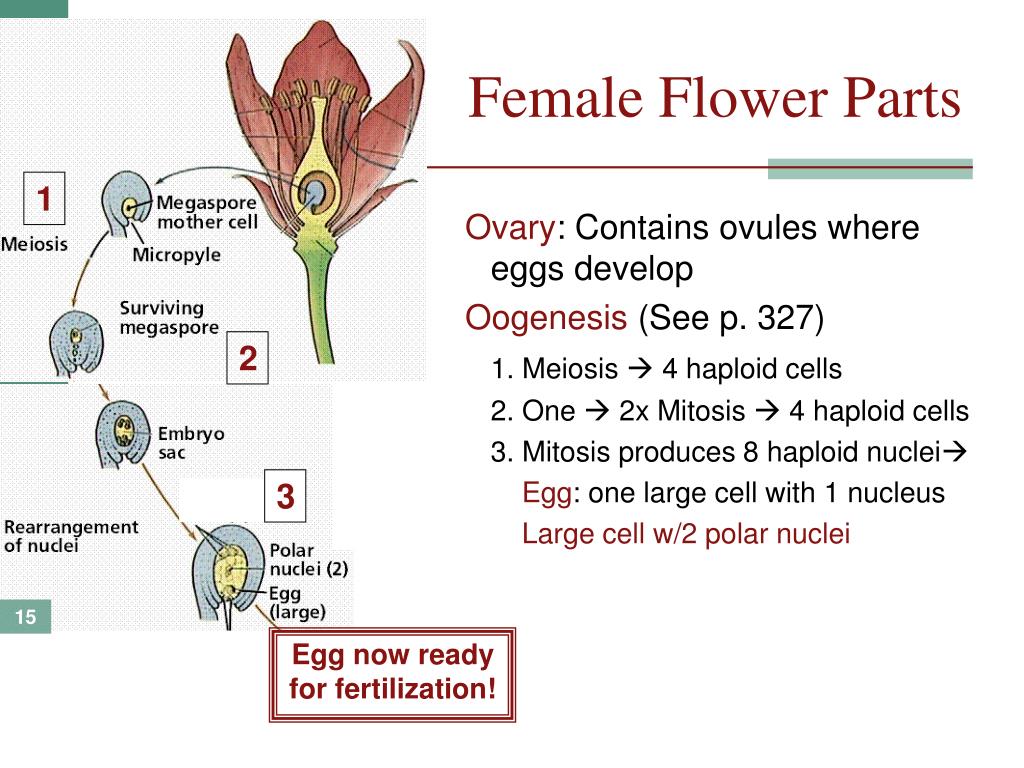Flowers Have Male And Female Parts. Bisexual or perfect flowers have both male (androecium) and female. Ovary: A ductless reproductive gland holding ovules.
This arrangement is called ' perfect ' or ' bisexual '. In most flowers, the pistil is located in the center of the flower and is shaped like a bowling ball, advises Colorado State University Extension. Such a flower is called unisexual flowers.
Floral reproduction is bisexual, and flowers have "male" and "female" parts. The male part of a flower, called the stamen, consists of two parts: the filament and the anther. Most plants have these type of flowers. monoecious..
This arrangement is called ' perfect ' or ' bisexual '. Leaves usually have branched or net like veins. pollination. Flowers contain vital parts, including petals, which form flowers.
Flowers that have both male and female parts are called perfect (roses, lilies, dandelion). Hermaphroditic plants have male and female reproductive organs within the same flower, like tomatoes and hibiscus. Others may contain one of the two parts and may be male or female.
Leaves usually have branched or net like veins. pollination. Terms for the sexuality of individual flowers: Perfect flowers have both male ( androecium) and female ( gynoecium) reproductive structures. Bisexual or perfect flowers have both male (androecium) and female.
In order to reproduce, flowering plants produce pollen which is then transferred to the female part of the plant through the process. The pistil is made up of four parts: the stigma, style, ovary and ovules. Flowers are important in the sexual reproduction of plants.
Ovary: A ductless reproductive gland holding ovules. Most flowers are hermaphrodite where they contain both male and female parts. Flowers that have both male and female parts are called perfect (roses, lilies, dandelion).
The pistil is made up of four parts: the stigma, style, ovary and ovules. The female part that is easiest to see in the flower is the carpel. Unisexual flowers are the flowers that possese either the stamen or carpel, that is, it may be a male flower or female flower.
Learn more about the main parts of a flower. The term "monecious" means that one plant will have both male and female flowers rather that one type of flower. Most flowers are hermaphrodite where they contain both male and female parts.
The female part of the plant is known as the pistil. The flowers on tomato plants are both male and female at the same time. This includes cucumbers, loofah vine (shown above), watermelons, squash, zucchini, and of course, my little cucamelon vine.
They are also known as incomplete flowers. They include stamens and an ovary. A flower may have either male or female reproductive parts.
In plants, as with most animals, the male parts are associated with production of sperm, and the female parts are associated with eggs. Sometimes there are separate female and male flowers, but they are on the same plant. Floral reproduction is bisexual, and flowers have "male" and "female" parts.
A flower may have either male or female reproductive parts. Transfer of pollen from the anther to the stigma of a flower. Flowers that have both male and female parts.
The "male" or pollen-bearing part is called the stamen, and is composed of the filament and the anther. Beside above, what do you call a flower that has both male and female parts? The "male" portion of the flower is the pollen-loaded stamen, while the egg-holding pistil is the "female" part.
Others may contain one of the two parts and may be male or female. While some flowers have independent male and female parts, most flowers contain both. The term "monecious" means that one plant will have both male and female flowers rather that one type of flower.
They are also known as incomplete flowers.
In most flowers, the pistil is located in the center of the flower and is shaped like a bowling ball, advises Colorado State University Extension.
Most plants have these type of flowers. monoecious.. All of the plants in the Cucurbit family will have separate male and female flowers on the same plant. Do flowers have both male and female parts?






